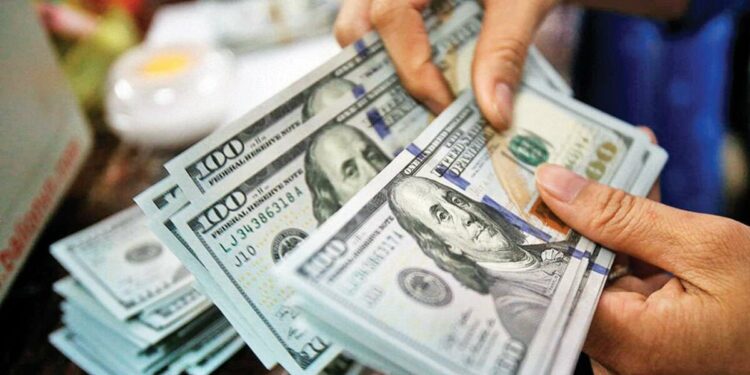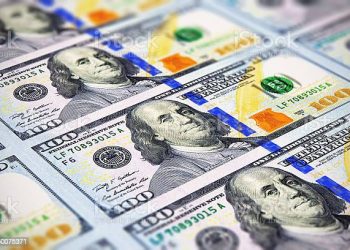The Nigerian naira exhibited a mix of gains and losses against the US dollar in the foreign exchange market on Thursday. The greenback managed to rise from its seven-month lows, buoyed by some bargain hunting, though expectations of potential interest rate cuts kept its gains in check.
On Wednesday, the naira appreciated by approximately N50, closing at N1,543/$1, up from N1,592/$1 on Tuesday, according to data from the NAFEM market. However, the local currency faced challenges in the black market, where it fell below the critical N1,600/$1 support level, trading at N1,610/$1 late Wednesday, compared to N1,605/$1 the previous day.
Despite some improvement in Nigeria’s macroeconomic conditions, the naira has struggled to maintain stability, and market indicators suggest that the currency could potentially weaken further, possibly heading toward N1,800/$1 if it cannot sustain its current levels. The persistent pressure on the naira has raised doubts about its ability to reach the highs it achieved earlier this year.
Various projections for the naira’s performance in 2024 show a range of outcomes. The International Monetary Fund (IMF) predicts a 35% depreciation by 2024, which would see the naira trading at around N2,081/$1. The Financial Derivatives Company (FDC) offers a more optimistic outlook, expecting the naira to stabilize at N1,580/$1, while the Economist Intelligence Unit (EIU) forecasts a rate of N2,000/$1. The Nigerian government’s 2024 budget assumption, however, is based on an exchange rate of N800/$1.
Efforts by Nigeria’s Central Bank to bolster the naira have yet to yield significant results. Despite the Central Bank of Nigeria’s (CBN) intervention on August 6, when it sold approximately $815 million directly to companies, the naira has remained under pressure. The CBN’s erratic dollar sales are blamed by foreign exchange traders for the continued strain on the naira, with Bureau De Change operators noting that the irregularity of these sales has eroded consumer confidence in the currency market.
Meanwhile, the US dollar has shown signs of strength, recovering slightly from its recent losses. The dollar index gained 20 basis points in London trade, bouncing back after three days of sharp declines. However, the outlook for the dollar remains cautious, with expectations of a September interest rate cut potentially limiting further appreciation. The minutes from the Federal Reserve’s late-July meeting revealed that most policymakers favored a rate cut, further fueling speculation of monetary easing.
The US labor market also appears weaker than previously believed, with a preliminary benchmark review by the US Bureau of Labor Statistics showing that 818,000 fewer jobs were added in the year through March than initially reported. This revision has heightened concerns about a potential recession in the US and could lead to more aggressive policy actions by the Federal Reserve, including further rate cuts.
As global investors adjust their expectations, the market is now pricing in a 50-basis point rate cut in September, up from 29% the day before. By the end of the year, the market anticipates a total easing of around 100 basis points, which could cap US bond yields and limit the strength of the dollar.
In summary, while the naira is facing significant challenges in maintaining its value, the dollar is also under pressure, with the potential for further fluctuations depending on upcoming economic data and central bank decisions.










